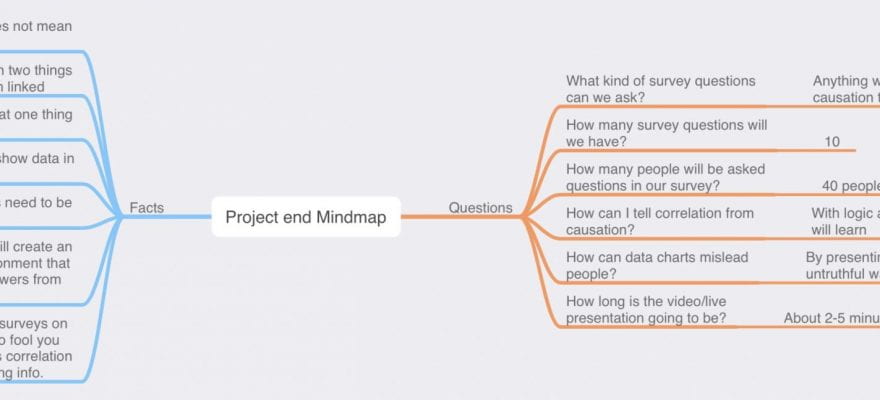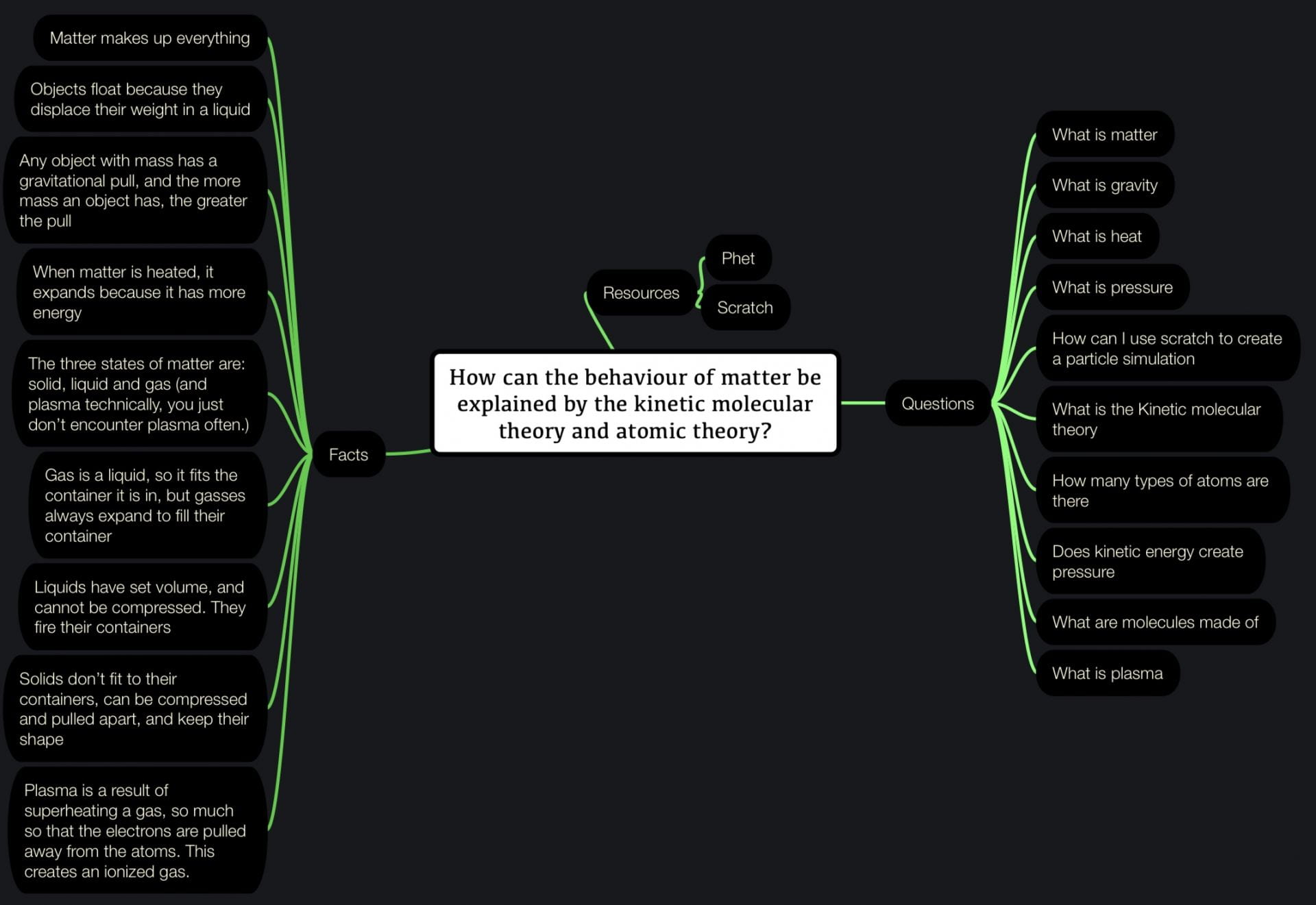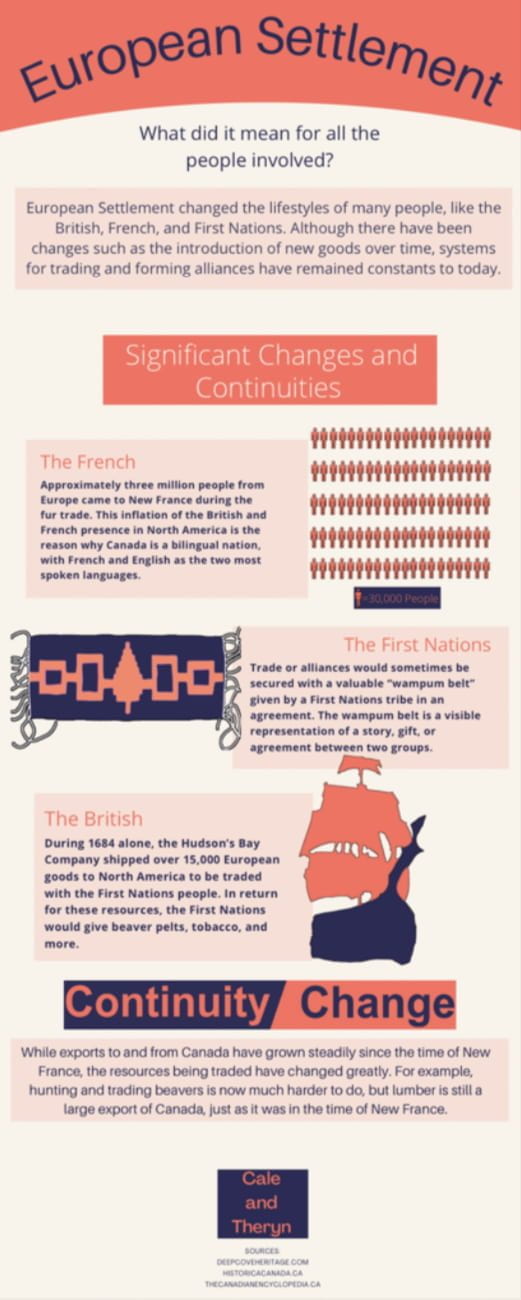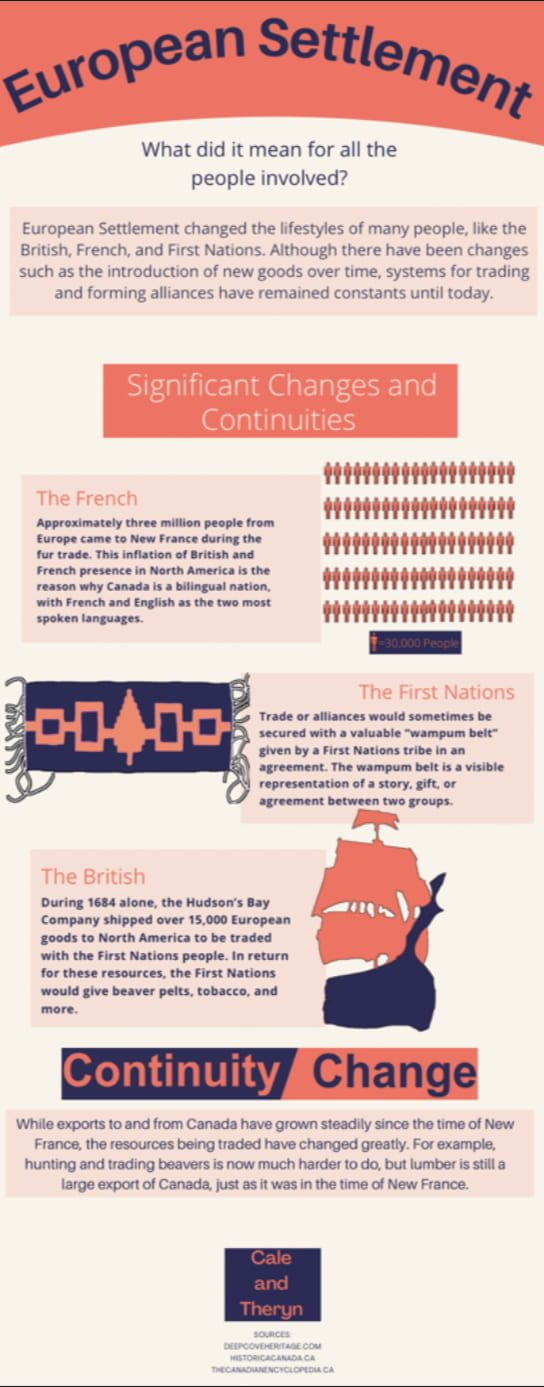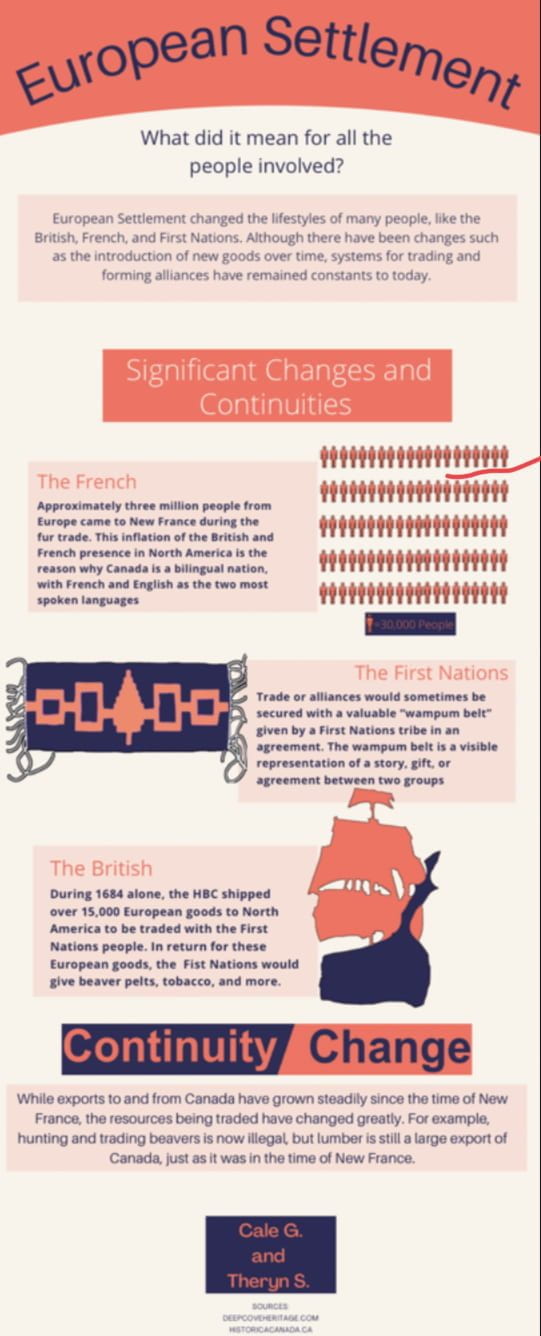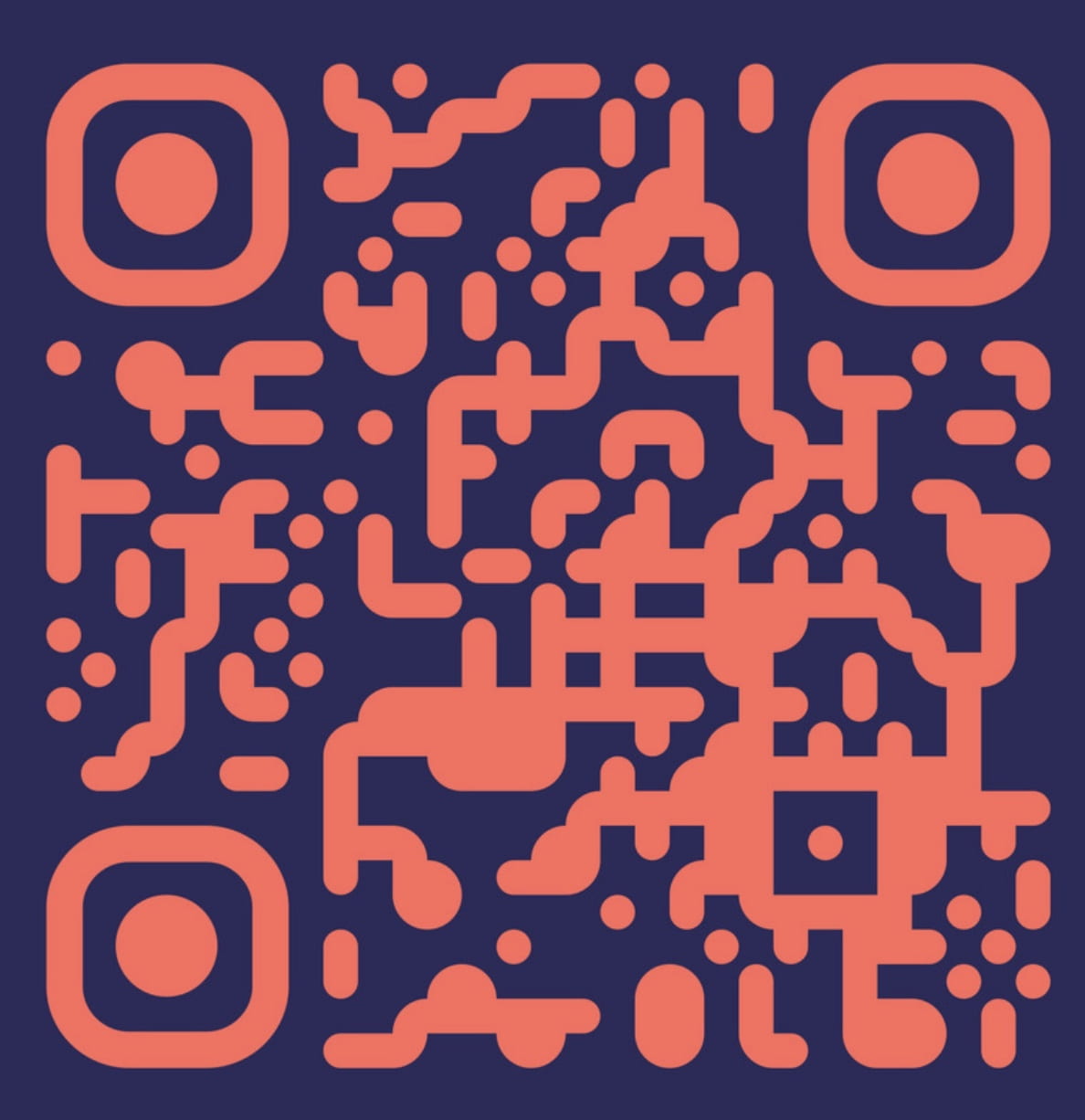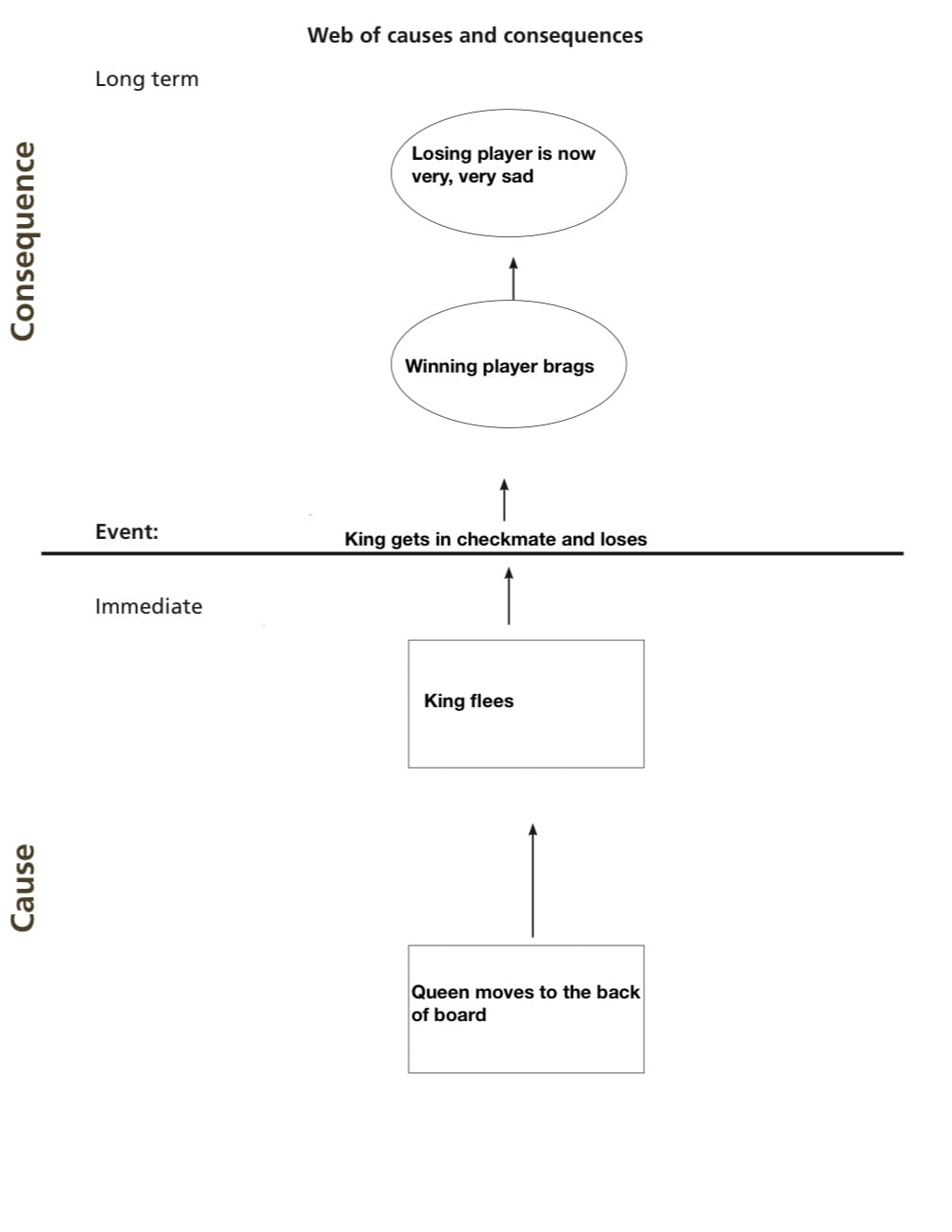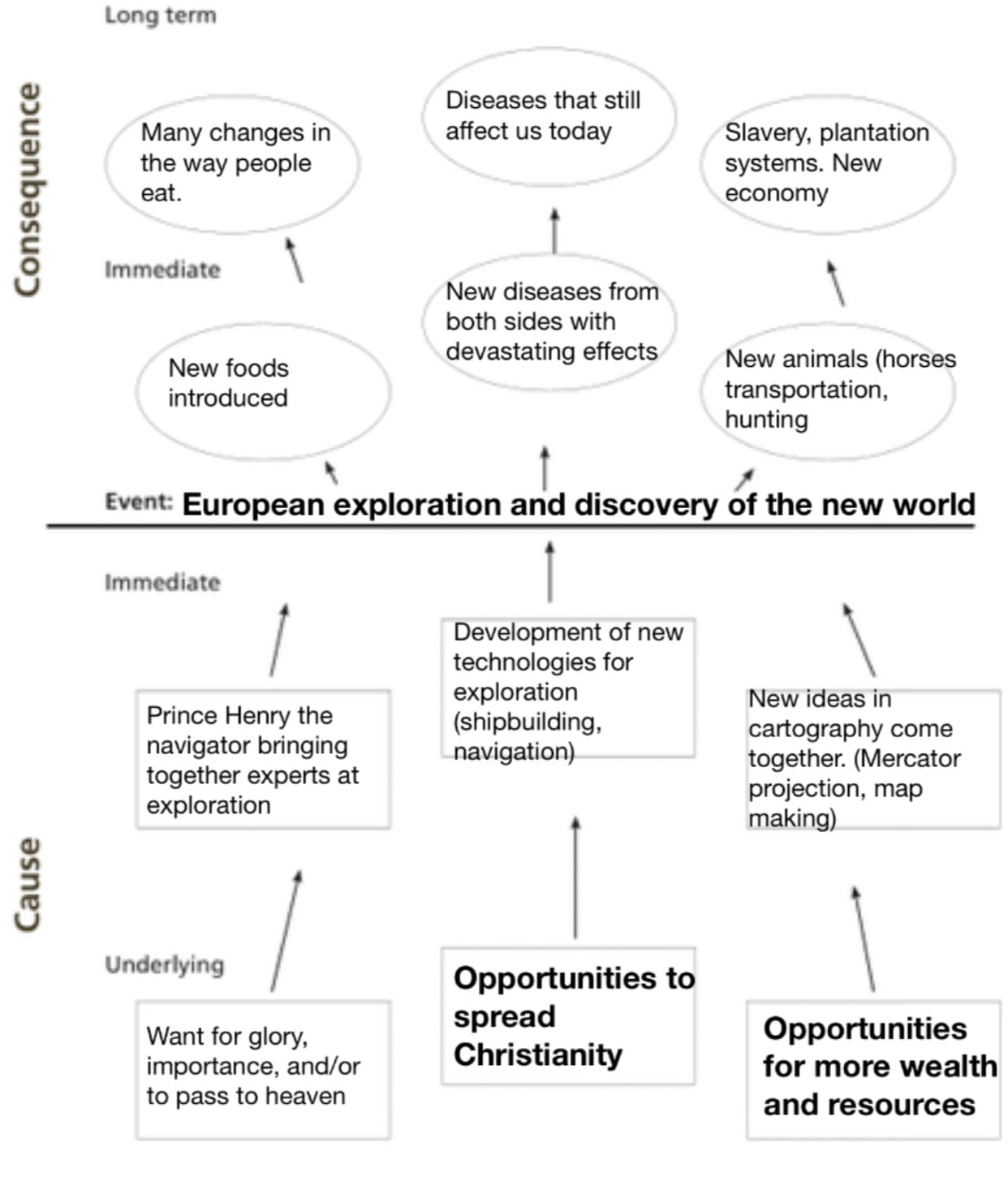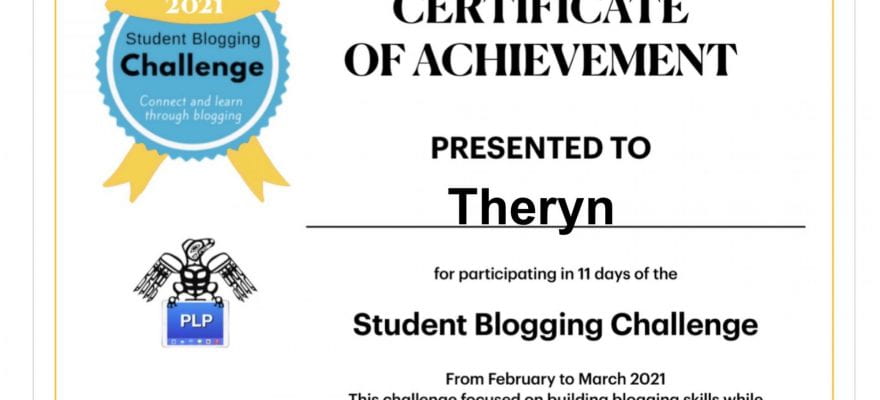Hello, Im Theryn Strobl, and I am excited to write to you about a recent maker project, and in my opinion, the best PLP project I have participated in. In this project, I learned lots of filmmaking history and techniques on my journey to learn more about the movies! So, without further ado, here is the post.
We began this project with some brainstorming, a small lecture n some history of filmmaking, and then we were assigned a video about a hobby or skill we have. Being an avid snowboarder, I chose to make my video about that. The video contained some posters, a beginning, middle, end, and music. It was edited in an app called Clips, which I personally think is a very bad software, especially in comparison to its free counterpart, iMovie. But nevertheless, here is my final video:
The next day, we moved onto skill #2: a silent movie. This movie was supposed to recreate an old black and white movie, with no sound (other than a soundtrack) and not to long, making use of a certain poster (it’s the old-timey looking one). I made mine about finding the last lego peice in my contraption, and I think I conveyed the story using the limited storytelling options quite well.
The next product in our moviemaking journey was a tutorial video that teaches how to do something. In the end, most of them were goofy and taught a very basic skill, but they could still do their desired job, so thats a win. In my group were Dana and Brooke. So, for the first step, we got started on our storyboard, which went through many painful revisions until we got it approved.
Then, we filmed and edited our final video.
And then, for the last and most fun skill, we were put into groups of three, and givin around two hours to make a short “special effects sequence”. The goal of this was to use special effects to help tell our story. We had some preparation beforehand to figure out a story and plot, but everything else had to be finished in the allotted time. This was also in a small group, and I was with Fraser and Nolan. So, we set to work designing a quick storyboard, and then got to filming. We filmed many takes, and got quite the blooper reel, but in the end, this was our film:
The All Great Magical iPad Heist
Then the entire class shared their videos in a mini film festival. An honourable mention of mine is this video:
Overall, this was probably one of my favourite PLP projects ever, and I actually enjoyed learning how to communicate using the medium of film, and creating truly vibrant video.
Thanks for reading my post! Make sure to stay tuned for the next one, I’ll see you later. Bye.




